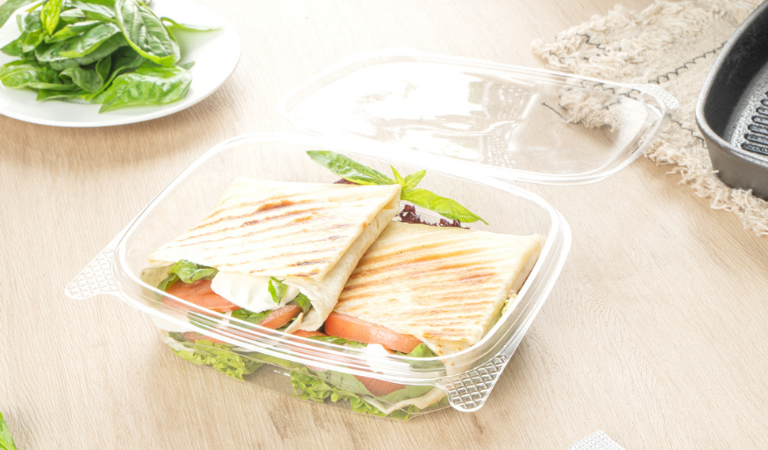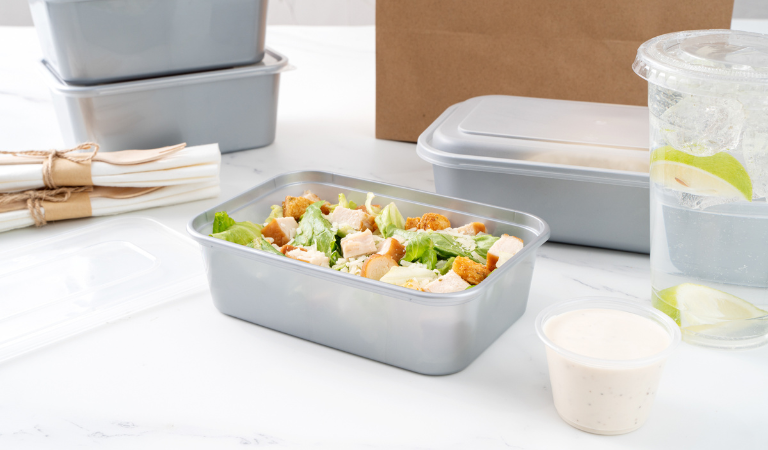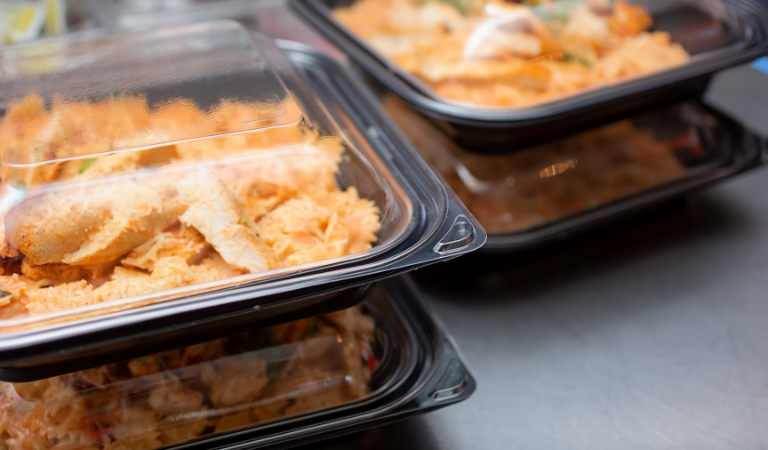Food packaging is essential to the preservation and safety of our food products. It not only promotes the longevity of food products but also serves as a crucial barrier against contamination. Plastic is a versatile material that is commonly used in the food industry for packaging. However, not all types of plastic are created equal. In this article, we will delve into the different types of plastic used in food packaging, their properties, and their impact on human health and the environment.
Polyethylene Terephthalate (PET)
PET is one of the most commonly used plastics in the food industry. It is a lightweight, clear, and durable plastic that is perfect for water and carbonated beverage bottles. PET is also used for packaging various food products such as peanut butter, salad dressings, and condiments.
Apart from being widely used, PET containers are also recyclable. Recycling PET bottles saves energy, reduces greenhouse gas emissions, and conserves natural resources.
However, PET containers are not resistant to heat and, therefore, should not be used for packaging hot foods. Heat can cause PET to break down and release chemicals that can seep into food products. PET can also leach antimony, a toxic substance that can cause headaches, dizziness, and depression, especially when reused several times.

Polypropylene (PP)
PP is a lightweight and sturdy plastic that is used for a variety of food packaging, including yogurt cups, ketchup bottles, and microwaveable containers. PP is considered safe for food packaging and can be recycled.
PP containers offer excellent resistance to heat, UV light, and chemicals, making it suitable for food packaging tasks that require microwaving, freezing, or reheating. It is also resistant to tearing and punctures.
However, like other plastics, PP can release harmful chemicals when heated or exposed to sunlight for prolonged periods. Also, microwaving PP containers for too long can cause the plastic to break down and leach chemicals, which can seep into food.

Low-Density Polyethylene (LDPE)
LDPE is a pliable and see-through plastic that finds its application in food packaging for products like frozen food bags, bread bags, and food wraps. Its flexibility and malleability make it tear-resistant as well.
Furthermore, LDPE packaging is a safe option for food contact and can be reused. It also demonstrates resistance to humidity, chemicals, and UV radiation, making it a suitable choice for packaging a wide variety of food items. However, it should be noted that LDPE is not heat-resistant and may melt at high temperatures. It may also release chemicals that have the potential to contaminate food.
Polyvinyl Chloride (PVC)
PVC is a widely used plastic for food packaging due to its ability to withstand heat and prevent the growth of microorganisms. It is used to provide cling film, salad dressing bottles, and meat trays.
However, PVC requires a variety of dangerous chemicals during production, which can harm workers and the environment. Also, when PVC products are incinerated, they release toxic chlorine gas, which can be harmful to human health.
Due to the potential health and environmental risks associated with the production and disposal of PVC, it is recommended that companies look for alternative packaging options instead.

Polystyrene (PS)
Polystyrene is a lightweight and fragile plastic that is commonly used for packing materials and disposable food containers. It is also used in the food industry for items like fast-food packaging, cups, and trays.
The production and disposal of PS pose significant environmental risks, as it takes a long time to decompose and can release harmful chemicals into the soil and water.
Due to these risks, many companies and organizations are taking steps to phase out the use of PS in their packaging. Alternatives such as biodegradable and compostable materials are being explored to reduce the environmental impact of food packaging.
High-Density Polyethylene (HDPE)
HDPE is a sturdy and opaque plastic that is used in food packaging for items like milk jugs, yogurt containers, and cereal box liners. HDPE is known for its high strength-to-density ratio, which makes it lightweight and durable.
HDPE is considered safe for food packaging and is also recyclable. It is also resistant to UV light, moisture, and chemicals, making it ideal for packaging acidic or oily food products.
Despite its various advantages, HDPE is susceptible to melting at high temperatures and is not heat-resistant. Furthermore, when exposed to heat, it has the potential to discharge chemicals that can contaminate food.
Plastic Matters
Plastic is a versatile material that has revolutionized the food industry. However, not all plastics are created equal, and their properties and impact on human health and the environment vary. Understanding the types of plastic used in food packaging is crucial for members of the food industry to make informed decisions and ensure the safety and longevity of their food products.
As the food industry continues to evolve, it is essential to consider sustainable alternatives to plastic packaging, such as biodegradable and compostable materials. These solutions can help to promote environmental sustainability, reduce carbon footprints, and ensure that the food packaging we use today does not become a significant problem for the generations to come.








